Therm-a-Rest NeoLoft Sleeping Pad review: The backpacking mat that feels like a bed
The NeoLoft serves up home-level comfort for overnight hikers
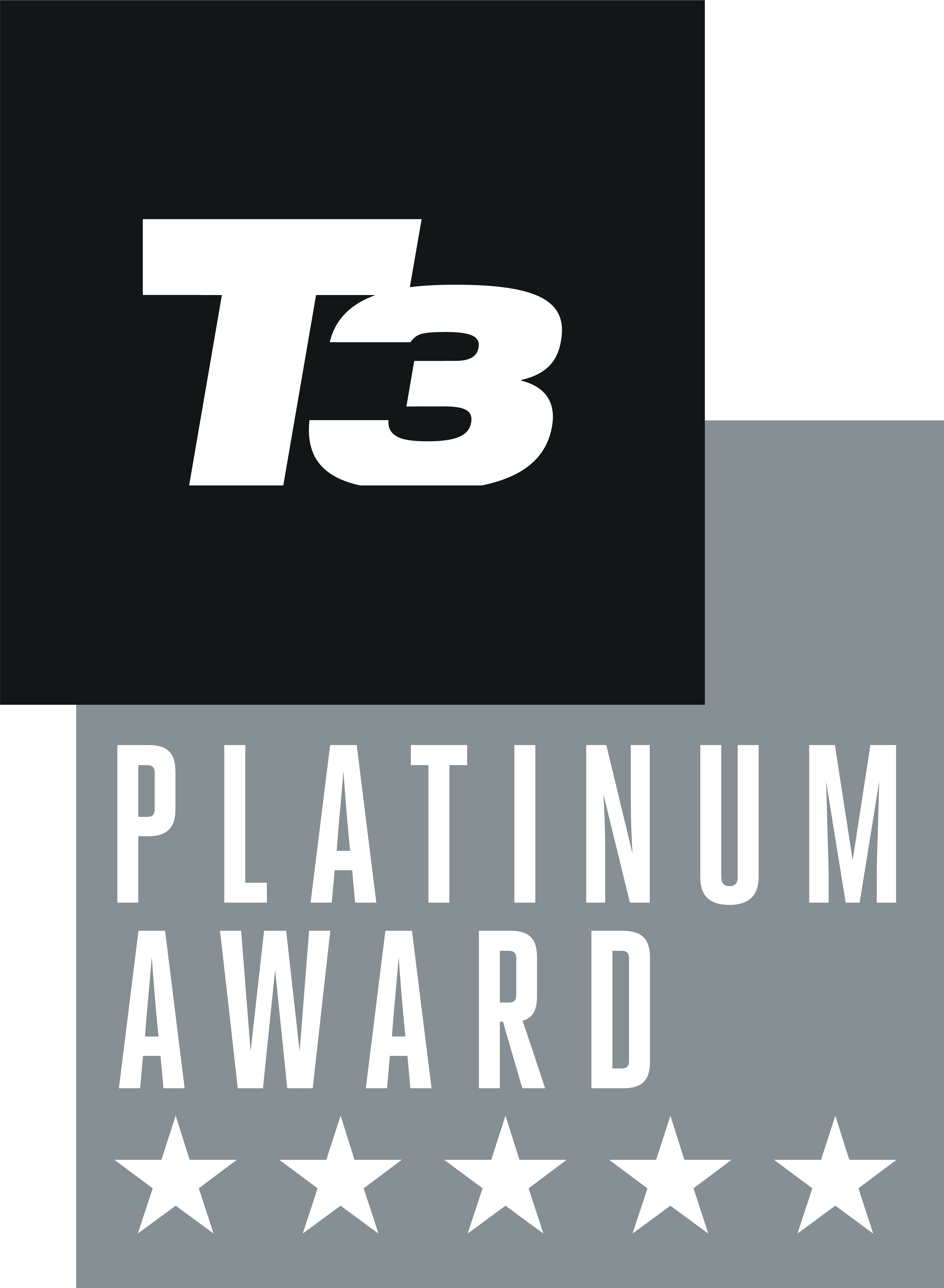
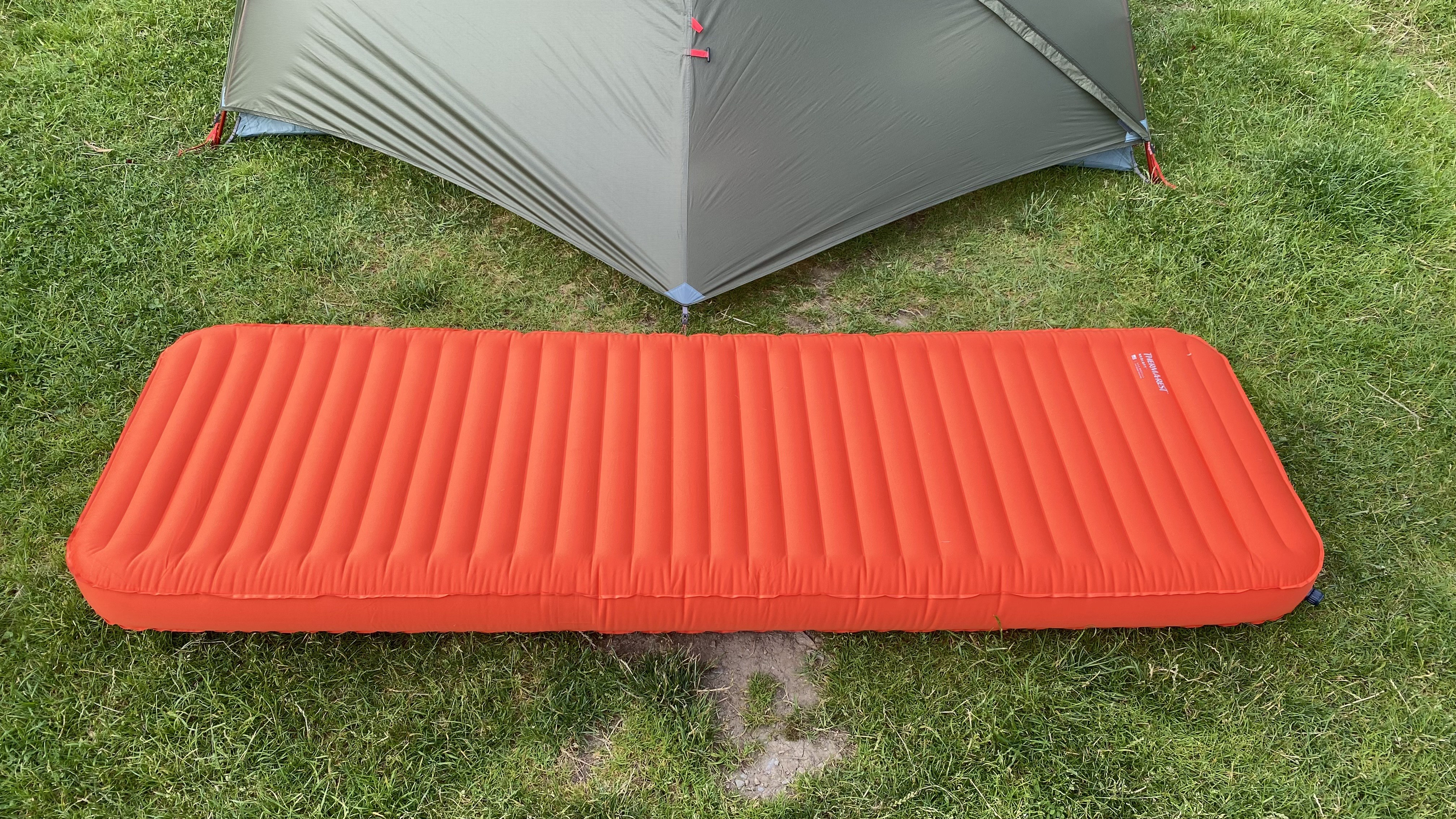
The NeoLoft delivers unmatched camping comfort in a packable, portable design. It’s quieter than most mats, comfier than many beds, and tough enough for rough ground. It’s not the lightest, but if you value deep, restful sleep on the trail, this is the mat that makes no compromises on comfort.
-
+
Ridiculously comfortable
-
+
Quiet
-
+
Large sleeping surface
-
+
Can be deflated in seconds
-
+
Reinforced bottom
-
-
Not as packable or light as most air mats
-
-
Takes some time to inflate due to large volume
Why you can trust T3
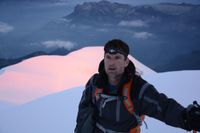
Having completely redefined the category in the early 1970s by inventing self-inflating camping mats as an alternative to bulky closed-cell pads, Therm-a-Rest is a brand that is synonymous with lightweight, high-performing camping mats.
Luckily, the company – originally based in Washington – did not stop inventing and innovating then, and having produced dozens of mats in the interim, the Neoloft is the latest sleeping pad to come off the production line.
Visiting Cascade Designs’ European HQ, I watched precision machines make and stress-test Therm-a-Rest mats, saw hundreds of inflated pads passing quality checks, and met Tina and Ciamha at the formidable warranty desk.
Therm-a-Rest’s newest mat – the NeoLoft Sleeping Pad – is so big and sumptuous it can only currently be made on massive 3D machines in the US. A stash of these impressive pads was coming through the HQ, however, and it looked like an excellent piece of kit – perfect for testing out in the wilds of Ireland.
Therm-a-Rest NeoLoft Sleeping Pad review
Price and availability
The Therm-a-Rest NeoLoft Sleeping Pad is available now across most major outdoor retailers.
In the UK, it typically retails for around £250, though some stores list it at £229 or less, depending on size and stock. It's stocked at Amazon UK.
In the US, it’s priced at $239.95 on Therm-a-Rest’s official site and at retailers like REI.
Get all the latest news, reviews, deals and buying guides on gorgeous tech, home and active products from the T3 experts
Across the EU, the regular size sells for roughly €280, aligning with Therm-a-Rest’s recommended retail price.
Availability in Australia is more limited, but select outdoor specialists and importers stock it at approximately AU$390–$420, with pricing subject to region and import costs.
Specifications
- Style: Inflatable air mat
- Versions: Regular (US only) / Regular Wide / Large
- Packed size (Regular wide): 29 x 15cm / 11.5 x 6in
- Dimensions when inflated (Regular wide): 185 x 66cm / 73 x 26in
- Thickness (all versions): 11.7cm / 4.6in
- Weight (Regular wide): 850g / 1lb 14oz
- R-Value (all versions): 4.7
- Inclusions (all versions): Pump Sack, Stuff Sack, Repair Kit
Design and materials
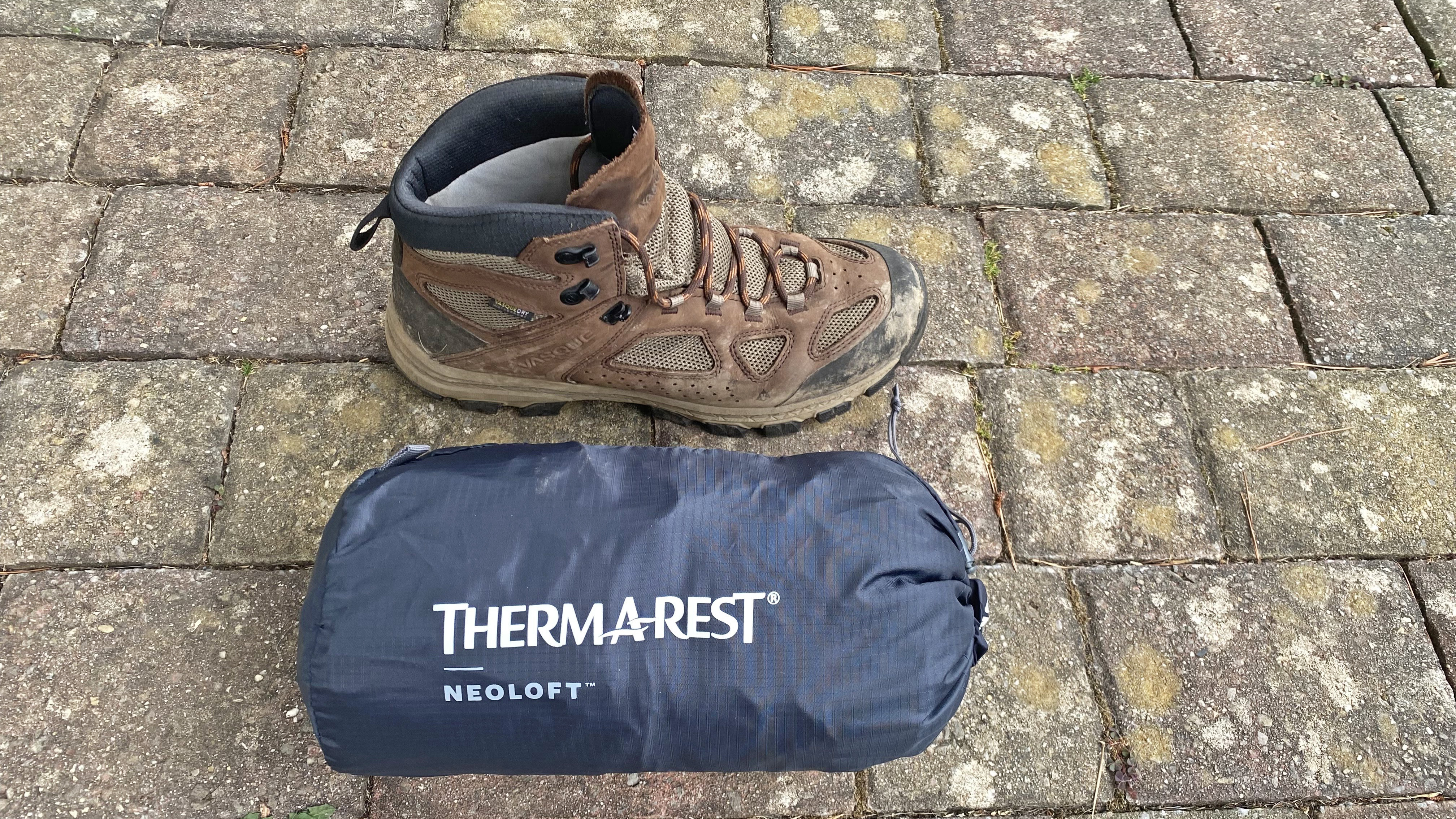
The NeoLoft is not the lightest or smallest pad to pack, but it's worth it's weight in gold when you lay your weary head down at the end of the day on the trails
Featuring internal ContourCore Matrix construction and ThermaCapture layers, the NeoLoft has an R-value rating of 4.7, which means it will help keep you warm in all but the very coldest conditions. Across the vast majority of the UK, when paired with a good season-appropriate sleeping bag, you could comfortably use this mat while camping for 11 months of the year (if you’re deep-winter camping in the Scottish Highlands, look for a mat with an R value of 5+).
The NeoLoft is far from Therm-a-Rest’s lightest mat (by contrast, the excellent NeoAir XLite NXT weighs just 370g/13oz, and packs down to about the size of a cucumber), but it is a proper portable mattress. Camping princesses will never be kept awake by a pea (or a tree root or grass tussock) under the NeoLoft, which is 11.7cm (4.6in) thick when fully inflated (as compared to the 7.6cm/3in of depth offered by the NeoAir XLite NXT).
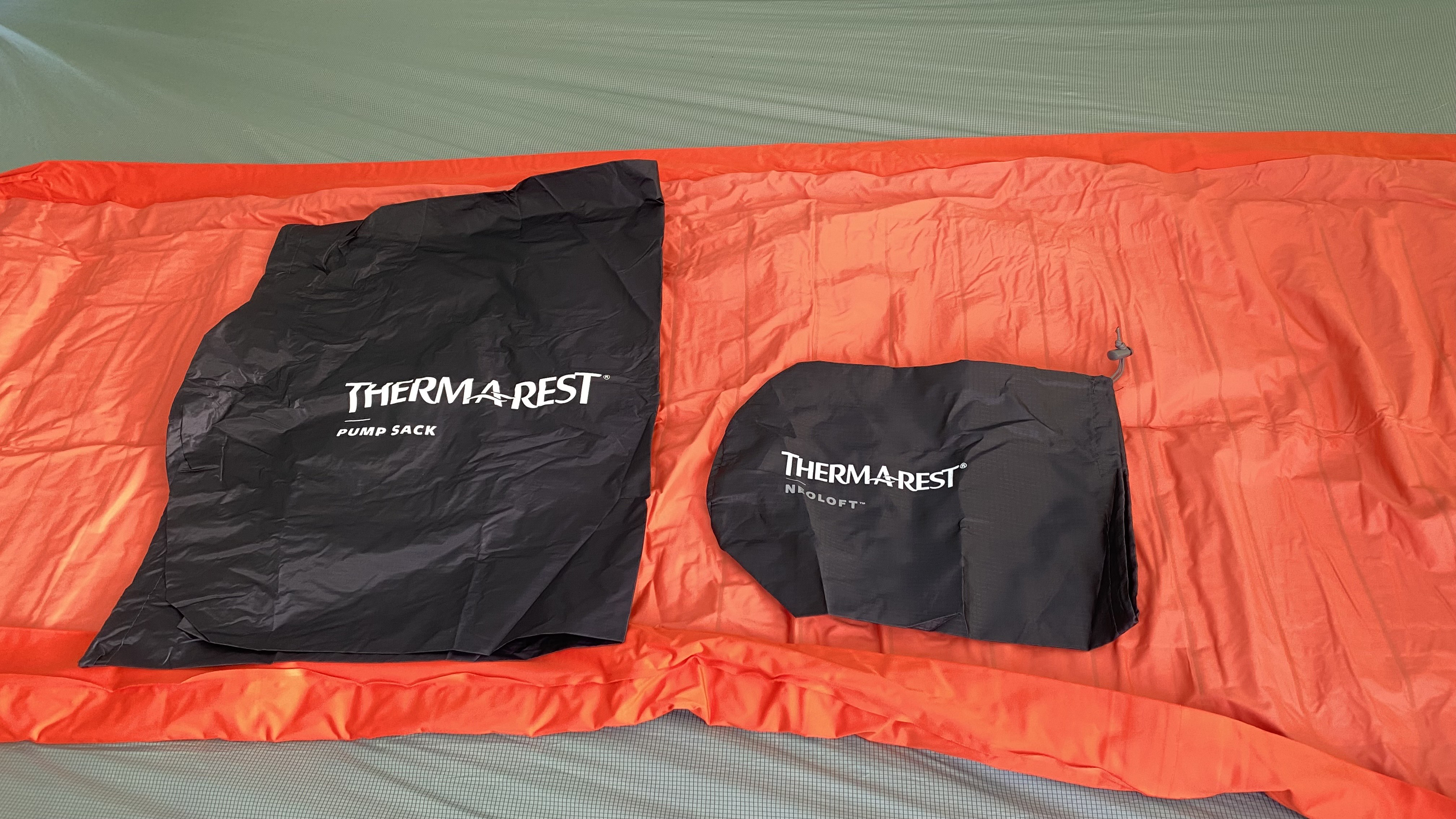
The NeoLoft comes with a pump bag, stuff sack and repair kit
The designers’ objective with this mat is to provide car-camping levels of comfort to backpackers who are prepared to pay a little more weight price and prioritise space in their hiking backpack for a proper good night’s sleep. Accordingly, instead of tapering at the foot end, like ultralight mats do, the NeoLoft is actually rectangular and bed shaped. The Regular mat is a generous 56cm (22in) wide, but just in case you're a really active sleeper it also features side rails. The Regular Wide version is 66cm (26in) across, while the Large version is 198cm (78in) long and 66cm (26in) wide.

Made with baselayer-like fabric, the NeoLoft offers excellent next-to-skin feel, on top of sumptuous cloud-like comfort
The top surface of the NeoLoft is ridged, which facilitates a little bit of airflow and stops you from getting too sweaty, and the 50D stretch-knit polyester fabric this mat is constructed with is soft and comfortable next to the skin. The material is all solution dyed, which allows for nice bright colours, while being relatively environmentally friendly.
The bottom of the mat is made with thicker 75D polyester for improved protection from puncture threats (although you do, of course, still need to be careful where you position your pricey mat). It comes with a puncture repair kit, in case disaster does strike, plus a pump sack and a stuff sack.
Performance and comfort
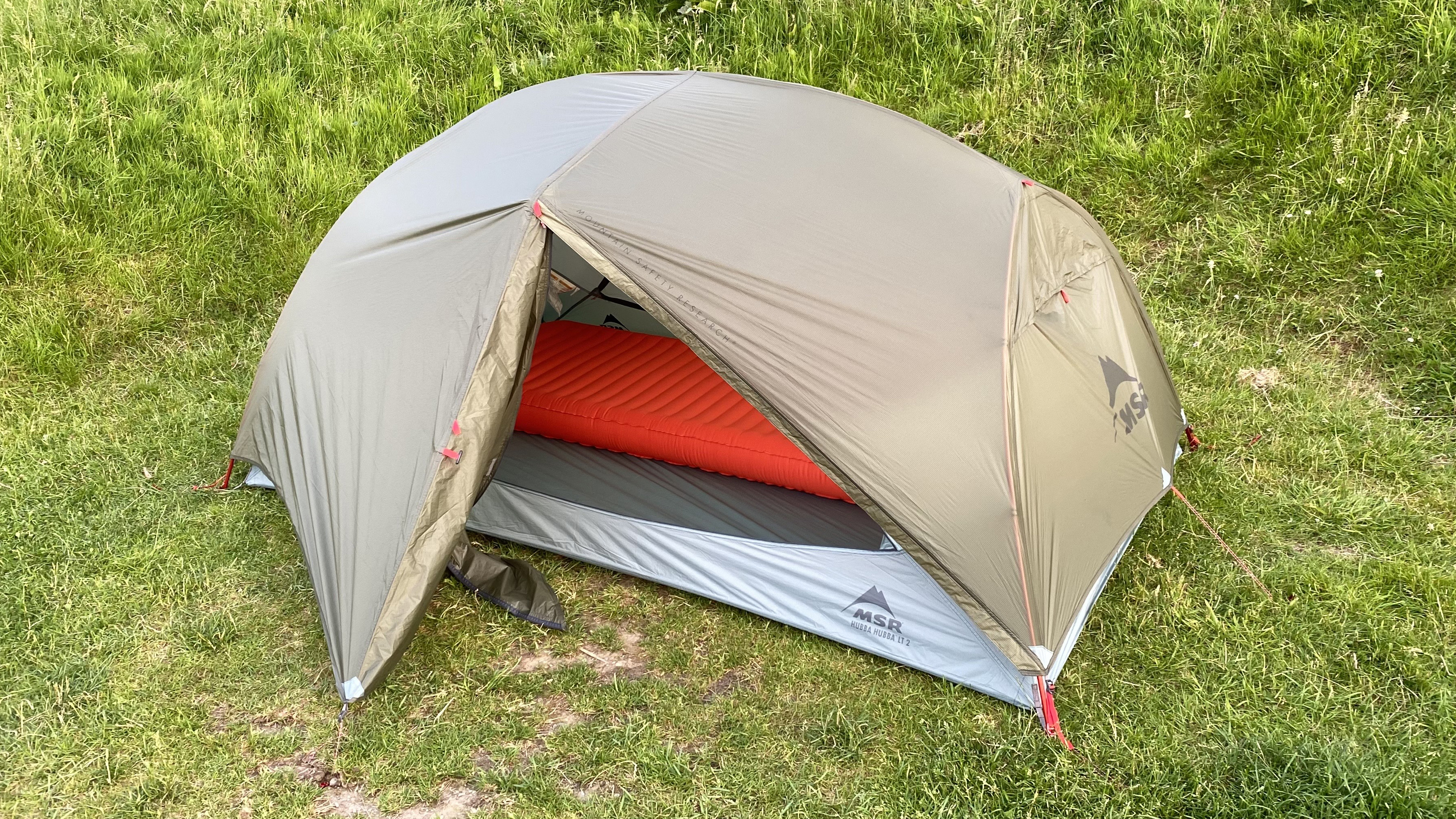
The NeoLoft sleeping pad in the new MSR Hubba Hubba LT2 tent
Since picking the NeoLoft mat up from Cascade Designs HQ in County Cork, I have been testing the sleeping pad out in campsites in the Wicklow Mountains in Ireland, and during backpacking and wild camping escapades on Dartmoor.
Conditions have been freakishly hot this summer, so I can’t claim to have put the R-Value of the pad to the full test yet, but from previous experience with Therm-a-Rest camping mats, I have complete confidence in the quoted performance levels. I am looking forward to taking it cold-weather camping once temperatures drop, and I will update this review then.
As mentioned above, there are plenty of lighter sleeping pads on the market, which pack down considerably smaller (including from the Therm-a-Rest range), and some of them even have higher R-values, but the NeoLoft is all about comfort. And I mean proper home-level-plus comfiness. If you like your sleep, you are going to love this dream pad.
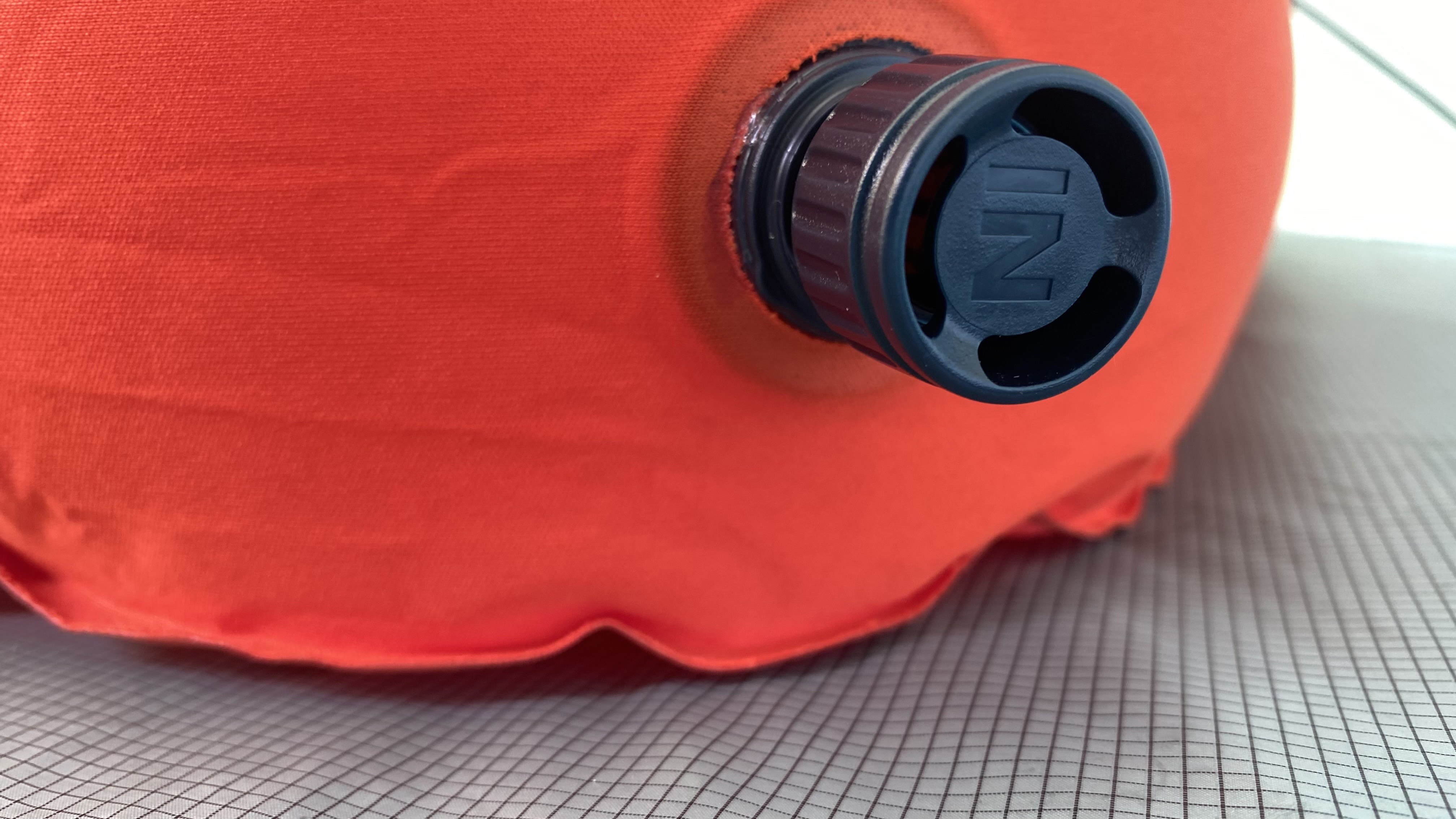
The TwinLock system has an 'in' portal, with a one-way valve (for efficient inflation)...
You can’t feel anything through this mat, you don’t stick to it, and your entire body stays on the pad for the whole night. It’s totally quiet, with none of the annoying rustling that you get with some insulated air mats, and it’s luxurious to lie on, whether you sleep on your side, your back, your front or your head.
Being a voluminous mat, it takes a little while to inflate, but it comes with a large pump sack (and it’s essential to use this to prevent moisture from entering and causing mould). Once up, it holds its shape and stays nice and inflated for days on end, and the deflation process with the TwinLock valve system really couldn’t be much quicker or easier.
Verdict
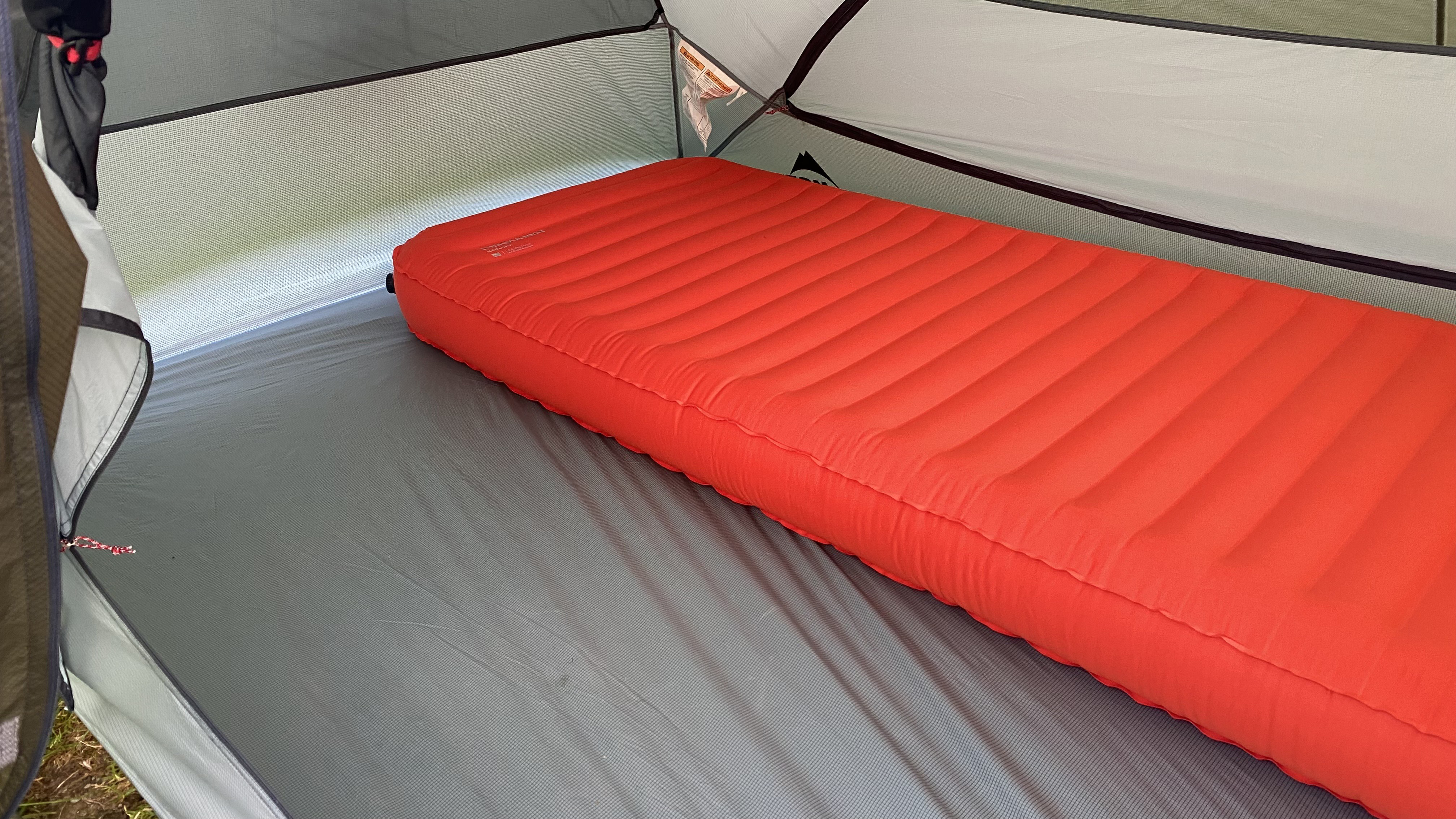
The NeoLoft has a delicious depth of 11.7cm (4.6in)
Like a magic mattress, the cloud-like NeoLoft sleeping pad has supplied me with the best and most restful nights of sleep I have ever enjoyed while on backpacking adventures (and while not on backpacking adventures). It remains perfectly packable and portable, while providing unrivalled levels of performance in terms of comfort and functionality, and to be quite honest, I’m going to struggle using anything else while camping in the future. Basically, it has turned me into a proper princess.
Also consider
If you are looking for an ultralight air mat for a minimalist backpacking or bikepacking mission, check out the Thermarest NeoAir XLite, which tips the scales at just 370g (13oz).
For mid-winter missions where you need extra insulation between you and the frozen floor, explore the excellent Rab Hypersphere Ultra 7.5, which is 8cm thick, weighs just 610g (21.5oz) and has a very impressive R-value of 7.5, or the sensational Sea to Summit Ether Light XT Extreme, which weighs 720g (25.4oz) and has a very respectable R-value of 6.2.
Alternatively, for a more wallet-friendly sleeping mat, check out the comfortable and affordable Trekology UL80 (but be aware it is for fair weather camping only), or the more versatile Vango Aotrom Thermo Platinum, with its R-value of 4.2 and packed weight of 610g (21.5 oz).
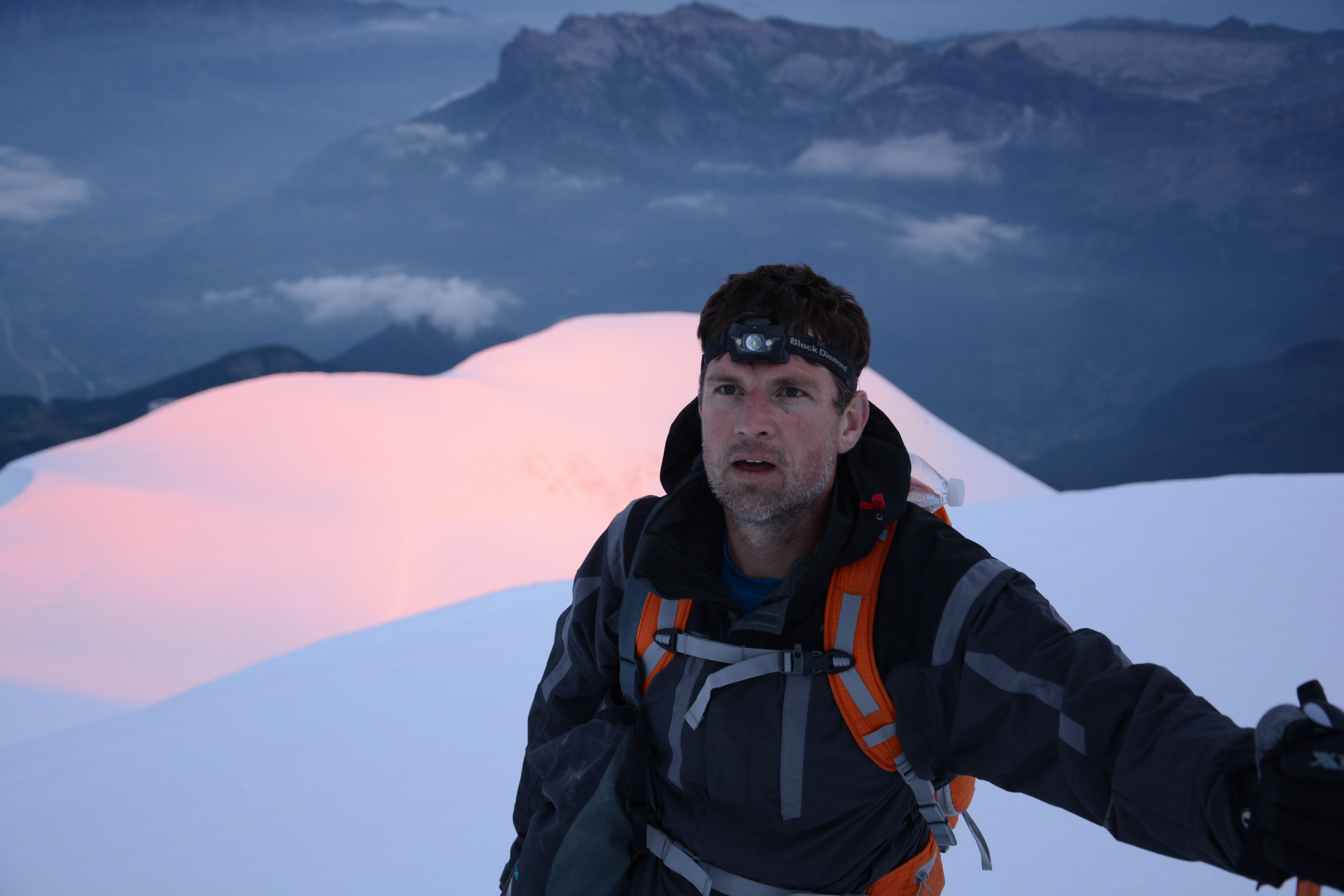
Author of Caving, Canyoning, Coasteering…, a recently released book about all kinds of outdoor adventures around Britain, Pat Kinsella has been writing about outdoor pursuits and adventure sports for two decades. In pursuit of stories he’s canoed Canada’s Yukon River, climbed Mont Blanc and Kilimanjaro, skied and mountain biked across the Norwegian Alps, run ultras across the roof of Mauritius and through the hills of the Himalayas, and set short-lived speed records for trail-running Australia’s highest peaks and New Zealand’s nine Great Walks. A former editor of several Australian magazines he’s a longtime contributor to publications including Sidetracked, Outdoor, National Geographic Traveller, Trail Running, The Great Outdoors, Outdoor Fitness and Adventure Travel, and a regular writer for Lonely Planet (for whom he compiled, edited and co-wrote the Atlas of Adventure, a guide to outdoor pursuits around the globe). He’s authored guides to exploring the coastline and countryside of Devon and Dorset, and recently wrote a book about pub walks. Follow Pat's adventures on Strava and instagram.
You must confirm your public display name before commenting
Please logout and then login again, you will then be prompted to enter your display name.